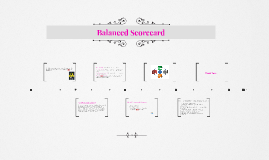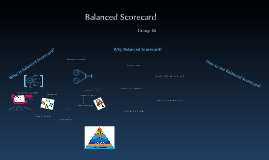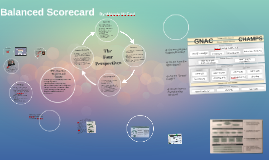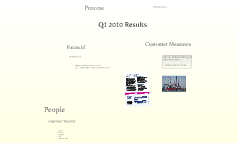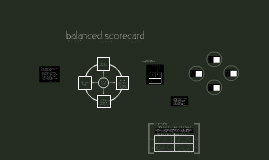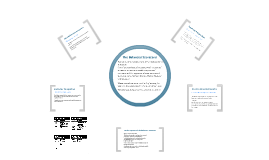Balanced Scorecard
Transcript: Focusing management agenda on achieving strategic goals. Supporting two way communication of strategic priorities and organisational performance. The prioritisation of investment and activity behind strategic goals. The alignment of goals and rewards behind common strategy across an organisation. Supporting continuous learning about strategic “cause and effect” relationships affecting an organisation (Lawrie and Cobbold, 2004; Andersen et al, 2004) The Balanced Scorecard is a framework that expresses an organisation’s strategy as a set of measurable goals from the perspectives of owners/investors, other external stakeholders, and the organisation itself. If these goals and associated measures, and targets are well chosen, the Balanced Scorecard will help managers focus on the actions required to achieve them, so helping the organisation achieve its overall strategic goals and realise its strategic visions (Kaplan and Norton, 1996) Targets http://www.2gc.co.uk/pdf/2GC-CP-EFQM-090327.pdf Targets Customer Perspective Job Satisfaction Initiatives Nina Mae Bianca J. Martin BBA 202 | SY 2011-2012 Measures Duplicate Activities across Functions Return on Investment Targets Process Bottlenecks specific target values for the measures; for example, 7% annual decline in manufacturing disruptions Customer Satisfaction Rate Typical Applications No. of Activities per Function Training Opportunities In 1992, an article by Robert Kaplan and David Norton entitled "The Balanced Scorecard - Measures that Drive Performance" in the Harvard Business Review caused a lot of attention for their method. Level of Expertise Financial Results http://www.businessballs.com/balanced_scorecard.htm projects or programs to be initiated in order to meet the objective To achieve our vision, how will we sustain our ability to change and improve? Financial Initiatives To embark on the Balanced Scorecard path, an organization must first know and understand the following: the company's mission statement the company's strategic plan/vision the financial status of the organization how the organization is currently structured and operating the level of expertise of their employees customer satisfaction level Objectives Quality Performance to Customer A framework designed to assist organisations achieve business excellence through continuous improvement in the management and deployment of processes to engender wider use of best practice activities. It enables the calculation of scores against a number of criteria that can be used for either internal or external “benchmark” comparisons. It is hoped that the results of these relative comparisons will lead to increased focus on improving key process performance, and so generate “business excellence” (EFQM, 1999). Targets Objectives The Balanced Scorecard (BSC) and the EFQM's Business Excellence Model (BEM) are tools that use measures of an organization's performance to drive organizational improvement - generally by highlighting current shortfalls in performance to management teams. observable parameters used to measure progress; for example, growth in net margin Initiatives A Balanced Scorecard should result in: Improved processes Motivated/educated employees Enhanced information systems Monitored progress Greater customer satisfaction Increased financial usage Internal Business Processes Cash Flow Delivery Performance to Customer To succeed financially, how should we appear to our shareholders? Initiatives Factors of Each Perspective Employee Turnover This led to their business bestseller, "The Balanced Scorecard: Translating Strategy into Action" published in 1996. Initiatives Learning and Growth Perspective Sample Factors: Alternative: EFQM Business Excellence Model Measures Vision & Strategy Financial Perspective Internal Business Processes Perspective Objectives To achieve our vision, how should we appear to our customers? Customer Percentage of Market Driving continuous improvements in processes within an organisation. Providing information on external “benchmark” levels of performance of key processes. Provision of “best practice” checklists for use within Business Planning and Review activities (EFQM, 1999) http://www.businessballs.com/balanced_scorecard.htm Learning & Growth Targets EFQM Business Excellence Model Measures Measures What is it? balanced scorecard Sample Factors: Return on Capital Employed Customer Retention Rate Sample Factors: Objectives Process Automation To satisfy our shareholders and customers, what business processes must we excel at? What is it? major objectives to be achieved; for example, profitable growth The Balanced Scorecard Method is a strategic approach, and performance management system, that enables organizations to translate a company's vision and strategy into implementation, working from 4 perspectives. Process Alignment The Balanced Scorecard Sample Factors: Objectives Measures Customer Typical Applications For each perspective, four things are






